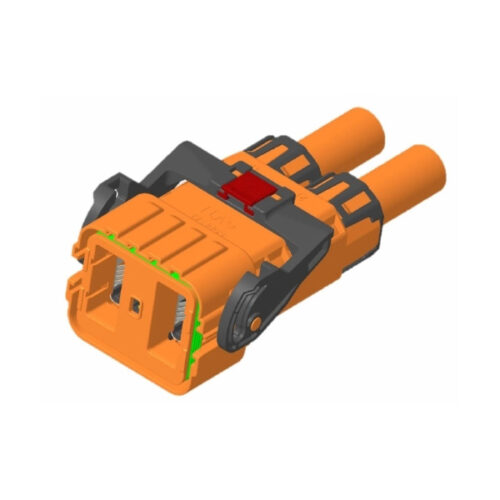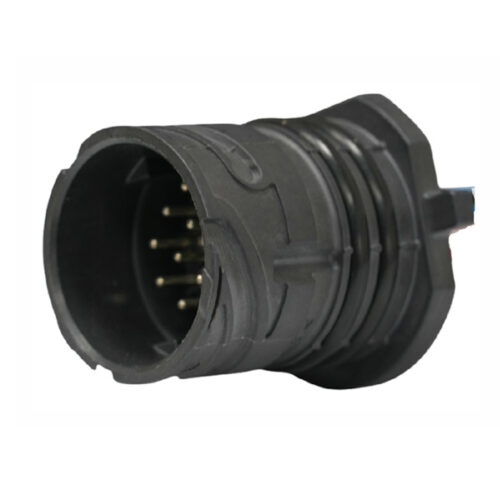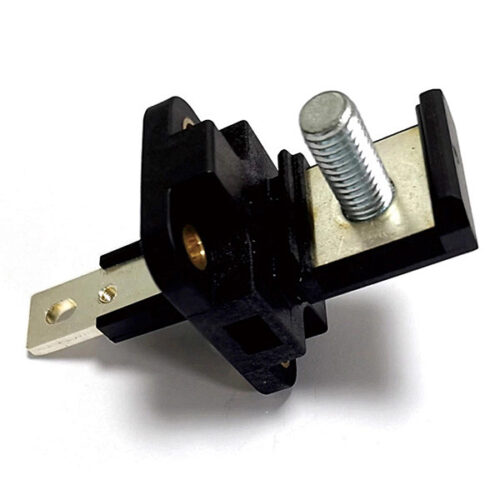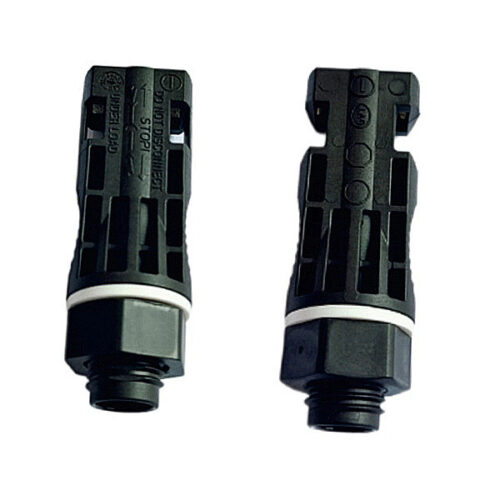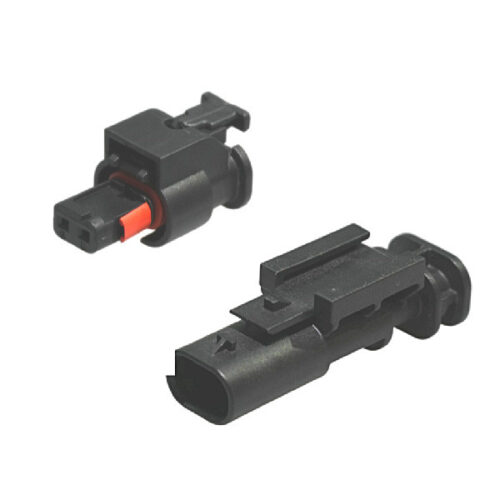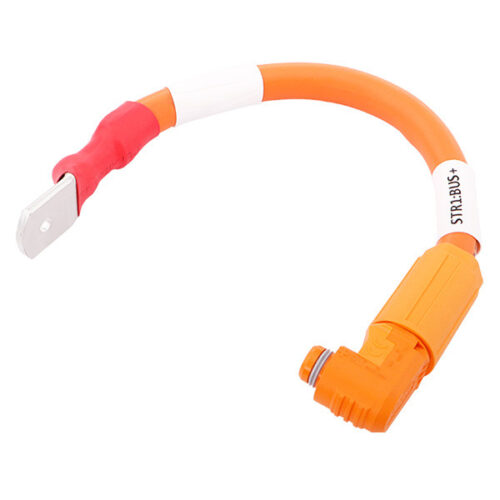Blogs & News
We are focus on automotive wiring harness & connectors technology.
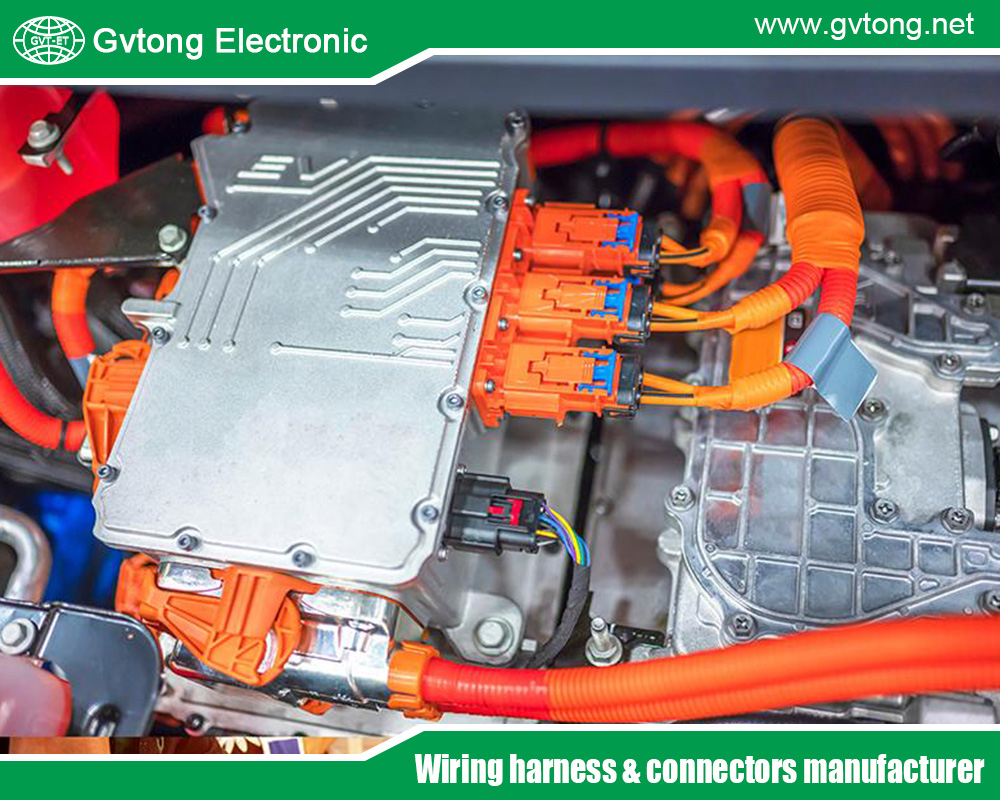
Why Are Automotive Wiring Harness Connectors Favored?
- Gvtong Electronic
- 48V board net connectors, Anti-vibration automotive connectors, automotive antenna connector, automotive coaxial connector, automotive data connector, automotive diagnostic connector, automotive electrical connector, Automotive high - frequency connector, automotive High voltage connector, automotive hybrid connector, automotive Low voltage connector, automotive Oil-resistant Connectors, automotive optical fiber connector, Automotive power distribution connector, automotive power distributionautomotive high - frequency, Automotive shielded connectors, automotive Signal Connector, Automotive temperature - resistant connector, automotive vibration - resistant, Automotive vibration - resistant connector, automotive waterproof connectors, Blind-mate automotive connectors, High-speed data connectors, High-temperature resistant connectors, Lightweight automotive connectors, Low-contact resistance connectors, Modular automotive connectors, Oil-resistant automotive connectors
- No Comments
Why Are Automotive Wiring Harness Connectors Favored?
In the intricate world of modern vehicles, where electronics govern everything from engine performance to infotainment systems, automotive wiring harness connectors play a pivotal role. These connectors are the unsung heroes of a vehicle’s electrical system, ensuring seamless communication between components. A wiring harness is a bundled assembly of wires, cables, and connectors that transmits power and signals across a vehicle’s systems. The connectors, specifically, are the critical interfaces that link these wires to various modules, sensors, and actuators. But why are automotive wiring harness connectors so widely favored? Their reliability, ease of use, and adaptability to the evolving demands of the automotive industry make them indispensable. This article explores the reasons behind their preference, delving into their functionality, benefits, and applications in modern vehicles, while also addressing challenges and future trends.
What Are Automotive Wiring Harness Connectors?
A wiring harness is like the nervous system of a vehicle, organizing and protecting wires that power critical systems such as the engine, lights, and advanced driver-assistance systems (ADAS). The connectors within these harnesses are specialized components that join wires to other wires, modules, or devices, ensuring electrical continuity. They come in various forms, including multi-pin connectors for complex systems, sealed connectors for water resistance, and terminal connectors for simple point-to-point connections.
These connectors are designed to withstand the harsh conditions of automotive environments—extreme temperatures, vibrations, and exposure to moisture or chemicals. They are typically made from durable materials like high-grade plastics, metals, and insulators, with features like locking mechanisms to ensure secure connections. Common types include Deutsch connectors for heavy-duty applications, Molex Mini-Fit for compact systems, and weatherproof sealed connectors for external use. Their versatility and robustness make them integral to vehicles, from traditional internal combustion engine (ICE) models to cutting-edge electric vehicles (EVs).
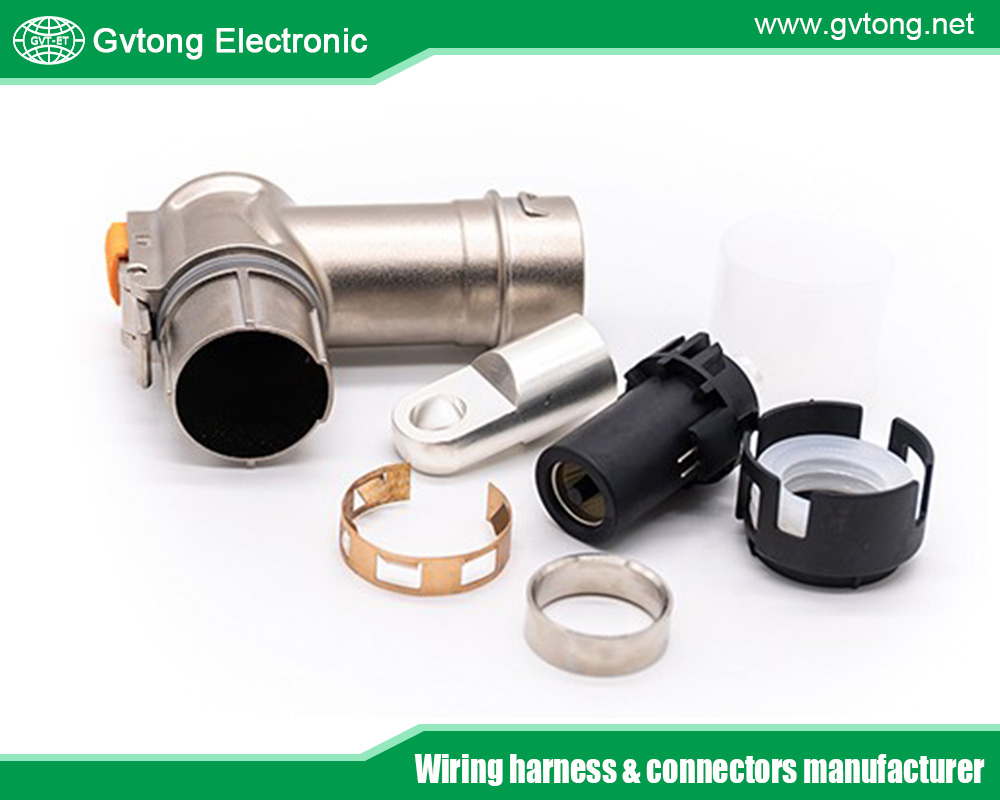
Key Reasons for Their Favorability
The widespread adoption of automotive wiring harness connectors stems from several compelling advantages that align with the automotive industry’s demands for efficiency, safety, and innovation.
1. Reliability and Durability
One of the primary reasons automotive wiring harness connectors are favored is their exceptional reliability and durability. Vehicles operate in challenging environments, enduring temperature swings from -40°C to over 100°C, constant vibrations from road conditions, and exposure to moisture, dust, and chemicals. Connectors are engineered to withstand these conditions without compromising performance. For instance, sealed connectors with rubber gaskets prevent water ingress, making them ideal for external applications like headlights or sensors in rainy conditions.
High-quality materials, such as corrosion-resistant metals and heat-resistant plastics, ensure connectors maintain integrity over a vehicle’s lifespan, often exceeding 15 years or 200,000 miles. Their ability to resist wear from vibrations—common in engines or suspension systems—reduces the risk of loose connections or electrical failures. This durability translates to lower failure rates, which is critical for both manufacturers, who reduce warranty costs, and consumers, who enjoy reliable vehicles.
2. Ease of Installation and Maintenance
Automotive wiring harness connectors are designed with modularity in mind, making them easy to install and maintain. During vehicle assembly, manufacturers benefit from connectors’ plug-and-play nature, which simplifies the integration of complex electrical systems. A single harness with pre-attached connectors can link multiple components, reducing assembly time compared to individually wiring each part. This efficiency lowers production costs and speeds up manufacturing.
For maintenance, connectors enable quick repairs. If a component like a sensor or headlight fails, technicians can disconnect and replace it without rewiring the entire system. This modularity is especially valuable in modern vehicles with intricate electronics, where downtime for repairs can be costly. For example, a faulty oxygen sensor can be swapped out by unplugging its connector, a process that takes minutes rather than hours. This ease of use enhances serviceability, making connectors a favorite among manufacturers and repair shops alike.
3. Standardization and Compatibility
The automotive industry thrives on standardization, and wiring harness connectors are no exception. Industry standards like those from the Society of Automotive Engineers (SAE) or International Organization for Standardization (ISO) ensure connectors meet specific performance and compatibility requirements. Standardized connectors allow manufacturers to source components from multiple suppliers without worrying about compatibility issues, streamlining production and reducing costs.
Moreover, standardized connectors enable interchangeability across vehicle models and brands. For instance, a connector used in a Ford sedan’s lighting system might also fit a similar system in a Toyota SUV, simplifying inventory management for manufacturers and repair shops. This compatibility extends to aftermarket parts, where universal connectors make it easier for consumers to find replacements. The ability to use standardized connectors across diverse applications—from budget sedans to luxury EVs—underscores their widespread favorability.
4. Safety and Performance
Safety is paramount in automotive design, and wiring harness connectors contribute significantly to safe vehicle operation. Secure connections prevent electrical faults like short circuits or arcing, which could lead to fires or system failures. Connectors with locking mechanisms ensure they remain engaged even under intense vibrations, maintaining consistent power and signal transmission.
In terms of performance, connectors support the increasing complexity of modern vehicles. Advanced systems like ADAS, electric powertrains, and infotainment rely on high-speed data transfer and precise power delivery. High-quality connectors, such as those with gold-plated contacts, minimize resistance and signal loss, ensuring optimal performance. For example, in electric vehicles, connectors in battery management systems handle high voltages safely, supporting efficient energy transfer. By enabling reliable operation of critical systems, connectors enhance both safety and performance, making them a preferred choice.
Applications in Modern Vehicles
Automotive wiring harness connectors are ubiquitous across vehicle types, from traditional ICE vehicles to hybrids, EVs, and autonomous cars. In ICE vehicles, connectors link components like fuel injectors, ignition systems, and lighting. In EVs, they play a critical role in battery management systems, connecting high-voltage batteries to inverters and motors while ensuring safety and efficiency. Autonomous vehicles rely on connectors for sensor arrays, cameras, and radar systems that power ADAS and self-driving capabilities.
Infotainment systems also depend heavily on connectors to integrate displays, audio systems, and connectivity modules like Bluetooth or Wi-Fi. For example, a multi-pin connector might link a car’s central touchscreen to its processor, ensuring seamless operation of navigation and entertainment features. In heavy-duty vehicles like trucks, robust connectors withstand extreme conditions to power hydraulic systems or telematics. The versatility of connectors across these applications highlights their indispensability in modern automotive design.
Challenges and Future Trends
Despite their advantages, automotive wiring harness connectors face challenges. The increasing complexity of vehicles, especially EVs and autonomous cars, demands more connectors, raising costs and weight. Miniaturization is another challenge, as manufacturers seek smaller connectors to fit compact designs without sacrificing performance. Additionally, the shift to eco-friendly vehicles requires connectors made from sustainable materials, which can be costlier to develop.
Looking ahead, several trends are shaping the future of automotive connectors. Miniaturization continues to drive innovation, with compact connectors supporting space-constrained EV battery packs. Smart connectors with embedded sensors are emerging, capable of monitoring connection health and predicting failures. Additionally, the push for sustainability is leading to connectors made from recyclable or bio-based materials. As vehicles become more electrified and autonomous, connectors will evolve to handle higher data rates and power demands, solidifying their role in automotive innovation.
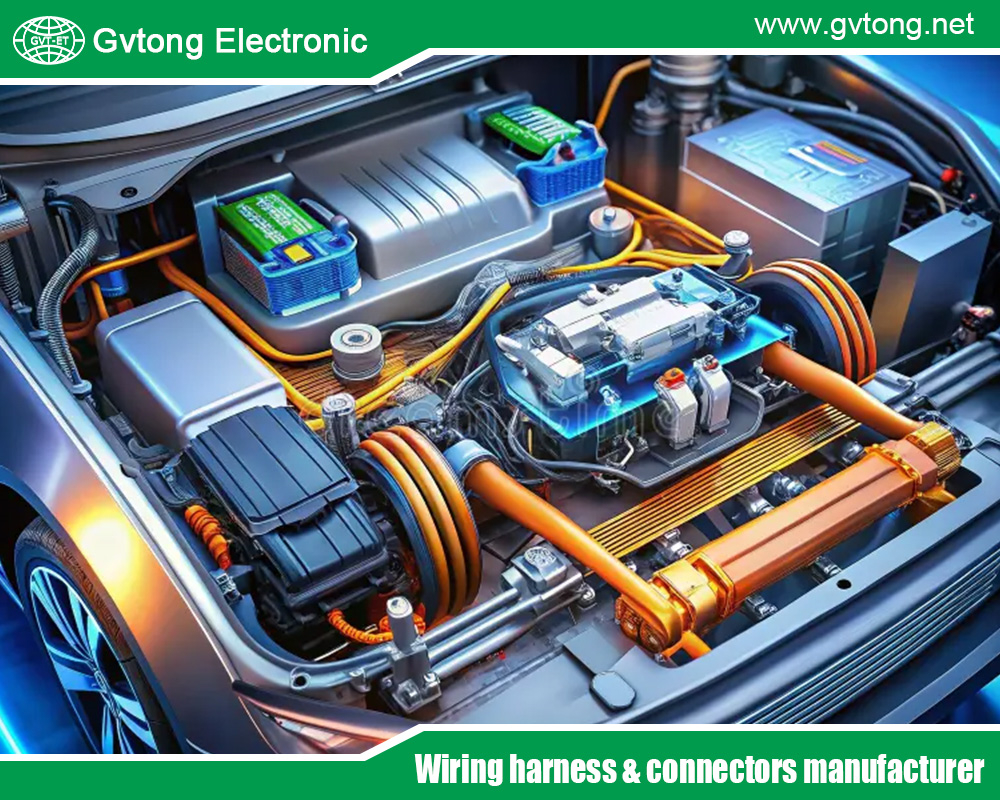
Conclusion
Automotive wiring harness connectors are favored for their reliability, ease of installation, standardization, and contributions to safety and performance. Their ability to withstand harsh conditions, simplify manufacturing and repairs, and support advanced vehicle systems makes them indispensable. From powering electric vehicle batteries to enabling autonomous driving, connectors are at the heart of modern automotive design. Despite challenges like cost and complexity, ongoing innovations in miniaturization, smart technology, and sustainability ensure their continued relevance. As the automotive industry evolves, wiring harness connectors will remain a cornerstone of safe, efficient, and high-performing vehicles, driving the future of mobility.
For more about why are automotive wiring harness connectors favored, you can pay a visit to Gvtong at https://www.gvtong.net/ for more info.

